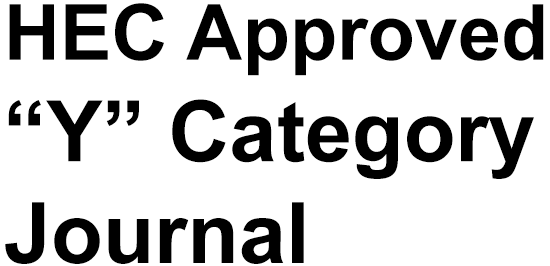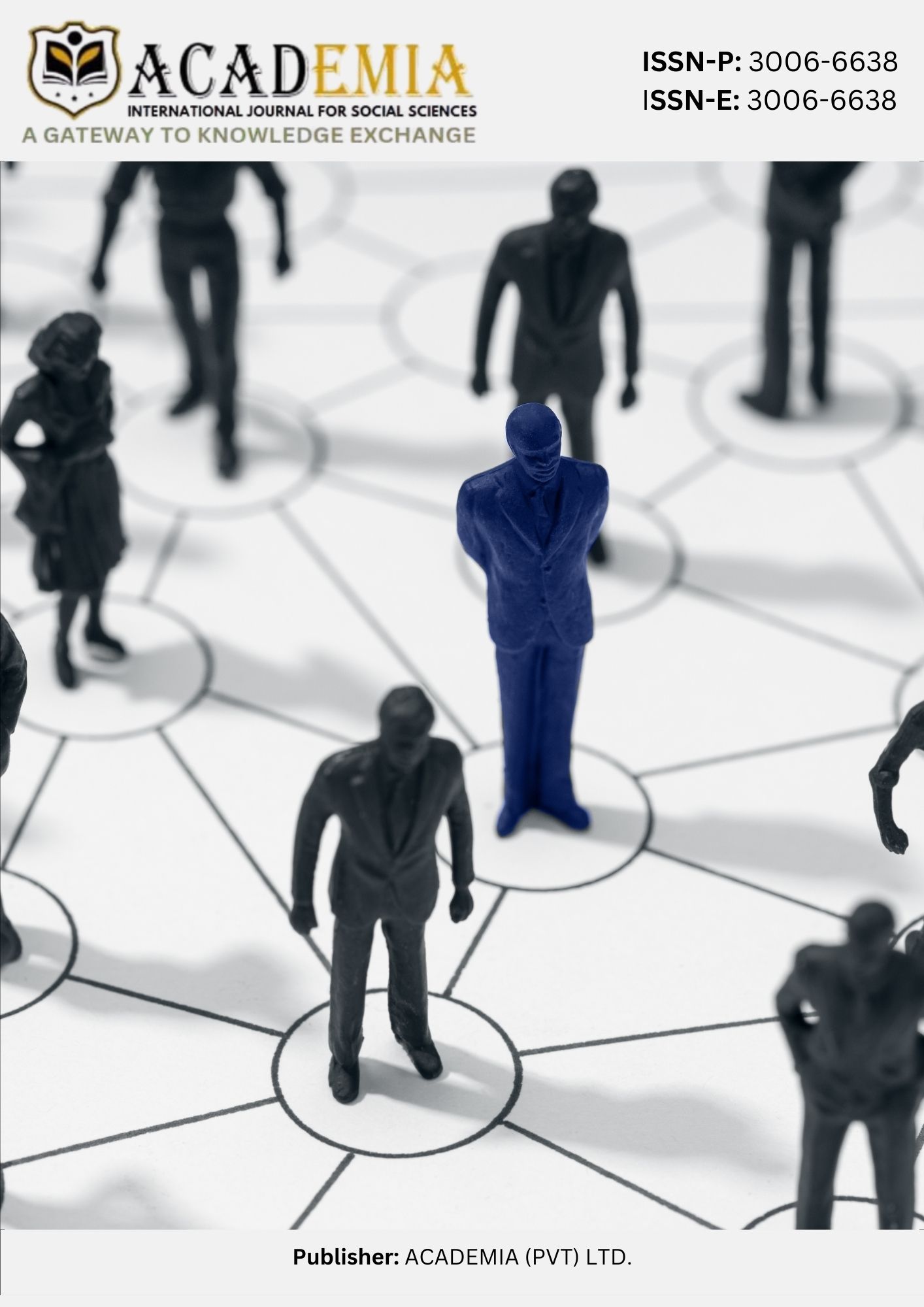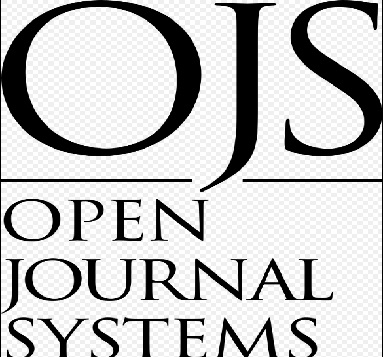Analysing Linguistic Barriers faced by Secondary Level Students while Speaking English as a Second Language
DOI:
https://doi.org/10.63056/ACAD.004.03.0511Keywords:
Linguistic barriers, English speaking, phonological, syntactical, lexicalAbstract
In the Pakistani education system, English is a mandatory subject, whereas students at the secondary level in Sanghar find it extremely difficult to speak English. These problems are caused by various linguistic, pedagogical, and socio-cultural issues, such as the absence of an English-speaking environment, insufficient vocabulary, poor grammar, pronunciation issues, and fear of making mistakes, which leads to minimal confidence and unwillingness to communicate. Despite a few language policies being undertaken, very little research has been conducted on real barriers within rural areas such as Sanghar. The proposed study seeks to investigate the linguistic obstacles experienced by secondary-level students in Sanghar when learning a second language, which is English. The objectives are: (1) to distinguish the most frequently occurring linguistic difficulties using quantitative analysis; and (2) to evaluate the statistical significance of the first language (L1) of students and their English-speaking abilities. The quantitative design was adopted with the data gathered via a 20-questionnaire closed-ended questionnaire focusing the pronunciation, vocabulary, grammar, sentence structure, fluency, and exposure to spoken English. Sixty-six students (randomly chosen) were based in different schools in Sanghar. The data were analysed by using SPSS, and descriptive statistics were given in the table and graph. The limiting vocabulary, wrong pronunciation, and interference with the mother tongue were seen to be the most significant ones according to the analysis. The L1 influence was raised in the form of phonological, grammatical, and lexical transfers and caused a lack of mistakes and hesitance. Psychological variables worsened these problems: fear of error and low confidence. The paper has determined that L1 interference and the absence of vocabulary and pronunciation skills are the main barriers to achieving successful spoken English. To solve them, English teaching in Sanghar needs to be more communicative and student-oriented, with the inclusion of explicit vocabulary training, emphasis on pronunciation, less L1 use, and a friendly and positive mood to speak.
Downloads
Published
Issue
Section
License
Copyright (c) 2025 Sana , Dr. Syed Hyder Raza Shah , Danish Latif Nizamani (Author)

This work is licensed under a Creative Commons Attribution 4.0 International License.












